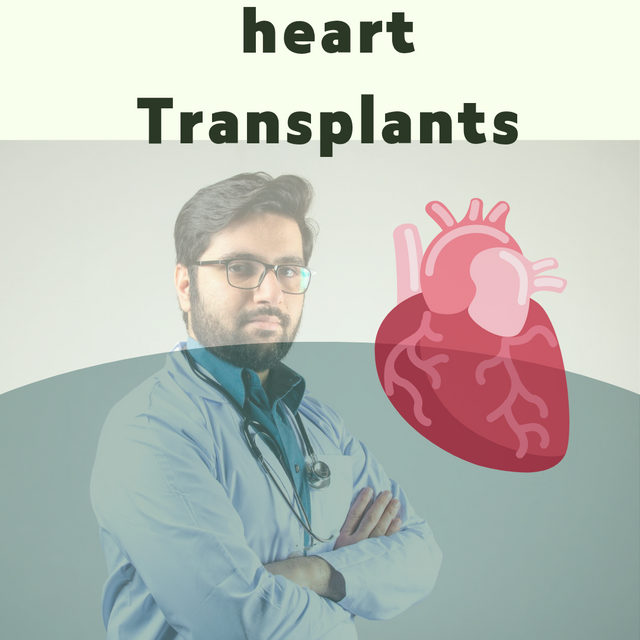Revolutionary New Method Transforms Heart Transplants: Advancing Patient Outcomes

Revolutionary New Method Transforms Heart Transplants: Advancing Patient Outcomes
Jason Banner's decision to try a new heart transplantation method was influenced by the precious moments he spent with his kids.
In 2005, the man, who was raising two children on his own, learned that he had a genetic heart condition. Recently, he was admitted to the hospital due to an irregular heartbeat which was affecting the blood flow in his body.
According to Banner, "they were essentially informing me that my heart could fail at any time."
While he awaited a heart transplant, he was transferred to Duke University Hospital for treatment.
According to the United Network for Organ Sharing, in 2022, there were nearly 8,500 people on the waiting list for heart transplants, but less than half of them were able to receive a heart due to a shortage of donors.
Banner consented to undergo a procedure known as "donation after circulatory death" in order to improve his chances.
Instead of the traditional method of removing a heart from a body and placing it on ice, the new approach involves connecting the heart to a machine that pumps blood through the organ.
"The ability to recover and transport the heart as far as needed is facilitated by this technology," stated Dr. Jacob Schroder, who serves as the surgical director of the heart transplant program at Duke University. He further added that the utilization of this technology is the most significant development in heart transplant since its inception."
By increasing the distance that donor hearts can travel, the new device has expanded the pool of available hearts for transplantation. In the past, transplanted hearts needed to be used within a time frame of about four hours. However, thanks to this new machine, doctors have been able to successfully transplant a heart that had been preserved for over nine hours.
Schroder suggested that we should consider using hearts that would otherwise go unused simply due to distance. He added that we can take this idea even further.
Banner received a heart last June that had been flown in from out of state, which he wouldn't have been able to receive earlier.
He said that it has provided him with the chance to be present for his family.
All on the grounds that an organ contributor allowed him one more opportunity at life.